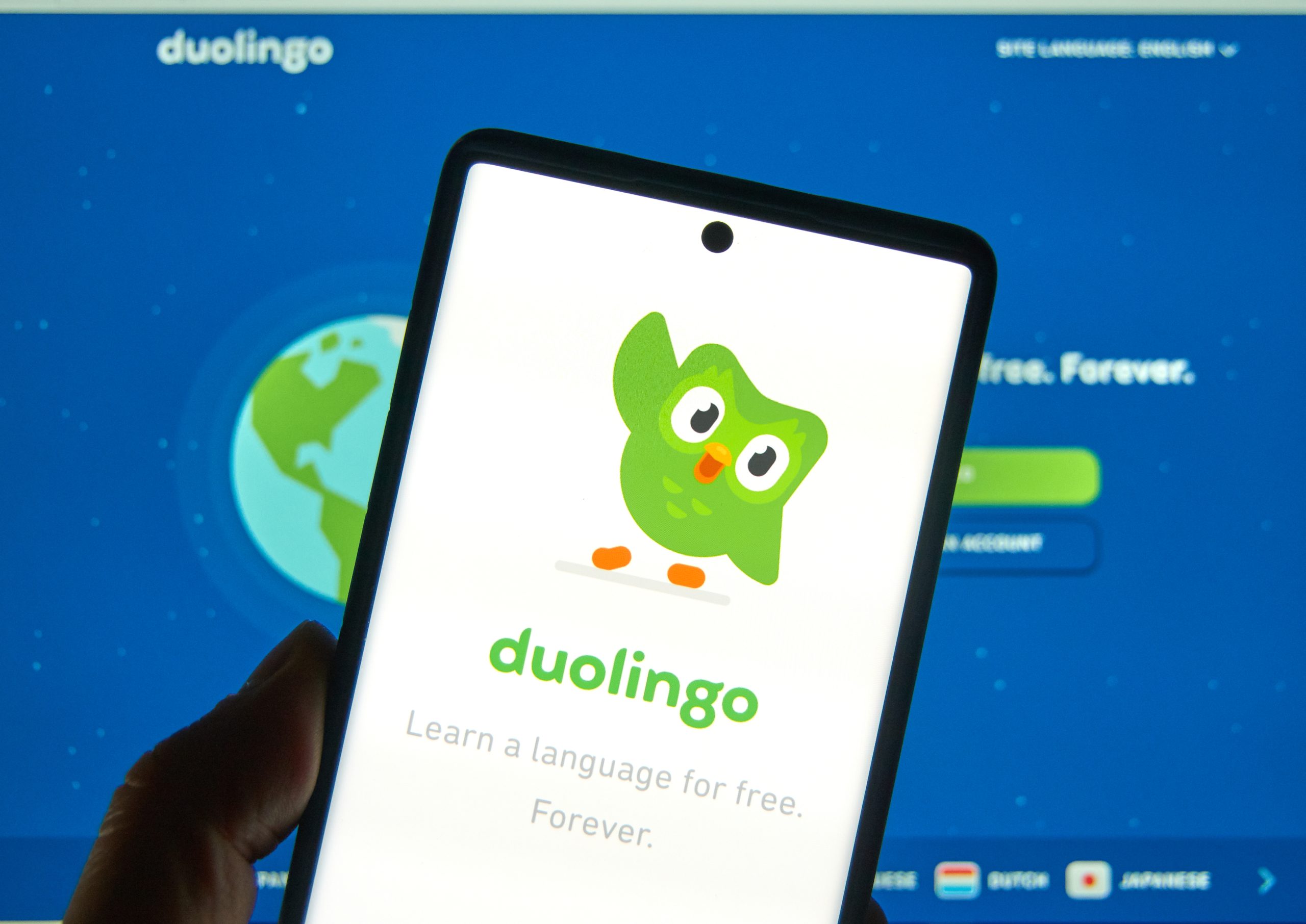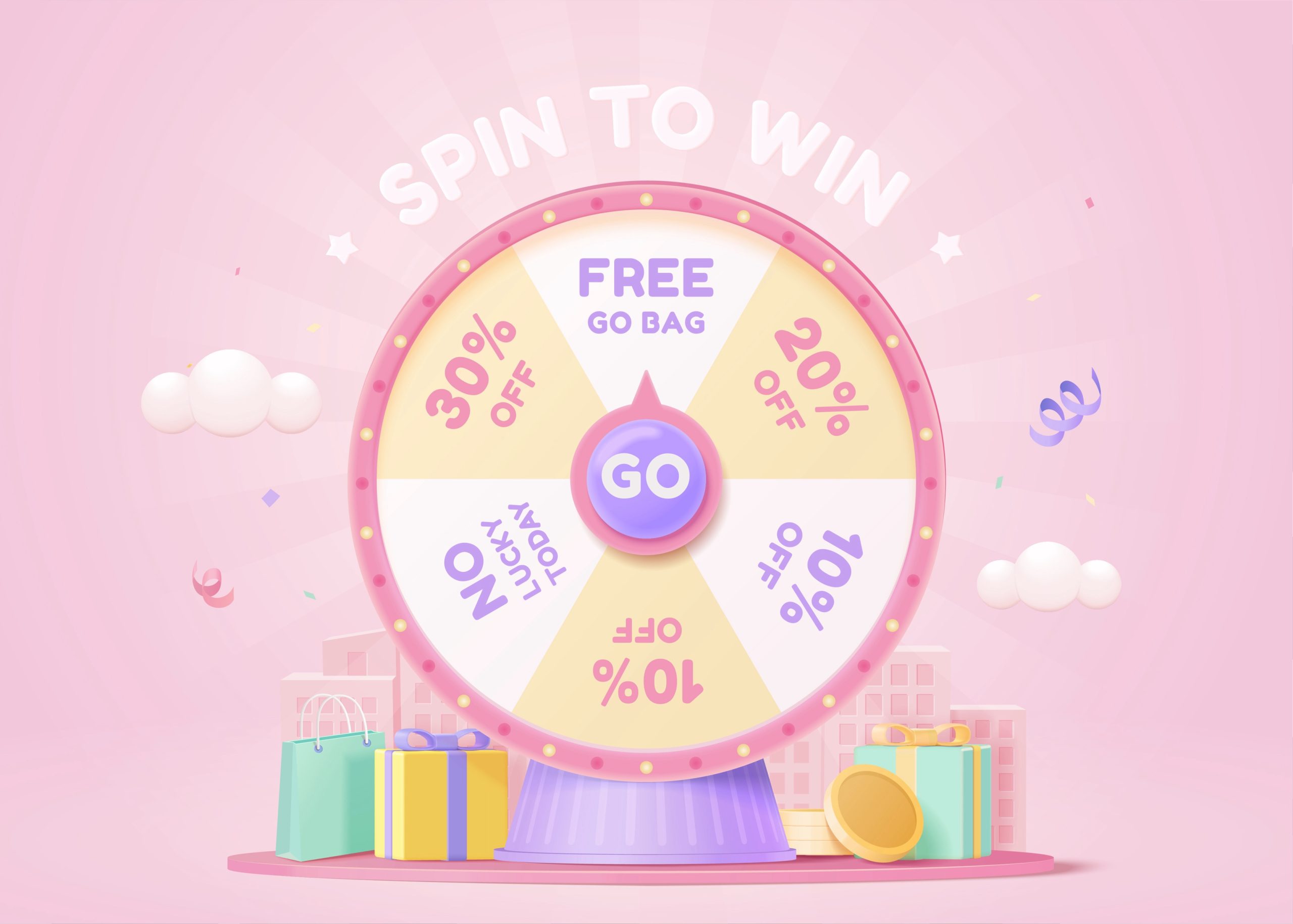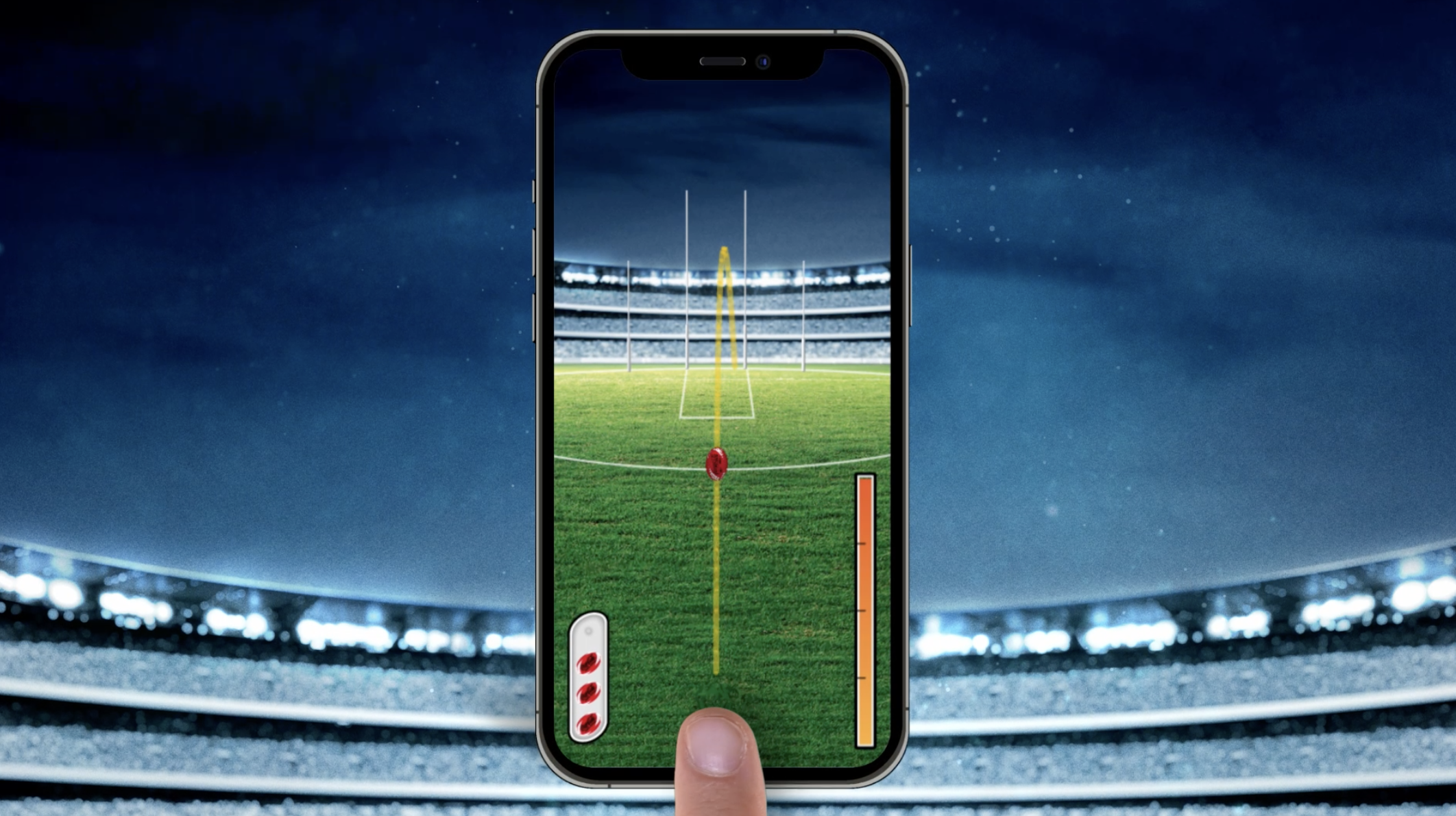As the market grows more competitive, businesses seek innovative strategies to attract and retain customers. Gamification has emerged as a highly successful strategy in this pursuit, with research identifying a 48% increase in engagement when gamified elements are incorporated (Karpuk 2023). As such, businesses must implement it into their marketing to capture attention and maintain a competitive edge. This blog will explore what gamification is, its key features, and show an Adlab example to demonstrate how this can significantly boost user engagement!
What is Gamification?
Gamification involves applying game-like elements, principles, and mechanics to non-game environments (e.g., education, workplace training & marketing) to enhance user engagement, interest, and brand loyalty (Brame 2023). Utilising elements like points, badges, leaderboards, and rewards, gamification aims to create an immersive and interactive user experience. Common types include:
- Spin-to-wins.
- Interactive scratch cards.
- Loyalty rewards & instant prizes.
- Levels/quests.
Over 40% of the Global 1000 organisations currently leverage gamification in their marketing strategy (Strive Cloud 2023), necessitating the need for your business to follow suit!
How Does Gamification Enhance User Engagement?
1. Entertainment
Firstly, gamification boosts user engagement by integrating entertainment elements, capable of surpassing the average eight-second attention span users give to websites (Karpuk 2023). This is achieved through mechanics like spin-the-wheels, unlockable levels, and daily tasks/challenges.
Using these features, gamification provides a fun, immersive experience that encourages deeper interaction with your brand/product while fostering high excitement levels. In turn, this helps significantly reduce the chance of users losing interest and consequently, seeking competitors’ services. A prime example is Duolingo, the world’s most popular language-learning app:
(Image: Dennizn / Shutterstock.com)
Duolingo integrates several fun gamification functions to transform tedious language learning into an addictive experience that maximises user engagement. These include:
- Levels – Track progress with bite-size lessons, providing a sense of advancement that generates user excitement, and motivation to continue playing.
- Streaks – Reward for consecutive days of practice, encouraging daily engagement.
- Points and Leaderboards – Earn points (XP) for completing lessons and rank against others.
- Challenges and Rewards – Regular timed challenges offer extra rewards, adding variety and excitement to the learning process.
This demonstrates how gamification can create an engaging experience that sustains user interaction, all while educating users about your business and product (Pavegen 2024).
2. Rewards and Incentives
Gamification also leverages rewards and incentives to enhance user engagement, such as instant win prizes, exclusive offers, and discount codes. These strategies satisfy users’ cravings for rewards and prizes, enticing them to repeatedly engage for a chance to win (i.e., purchasing participating products & engaging with gamification). In turn, this fosters excitement and fun, positively shaping your brand’s identity while solidifying customer loyalty and driving revenue growth. In addition, gamification helps reinforce desired actions by rewarding specific user behaviours (User Pilot 2023). This may involve:
- Referring friends & sharing content.
- Providing contact information.
- Engaging for a specific amount of time.
This can increase your conversions by up to 50% (Karpuk 2023) while providing data and insight into customer preferences and behaviours. Such insights enable your business to personalise offerings to enhance the overall user experience.
3. Competitive Drive
Competitive drive is another gamification tactic for boosting user engagement (Leese 2023). Humans are naturally competitive and often seek environments that allow them to perform and be recognised for this success. Incorporating features like leaderboards, rankings, and prizes, gamification taps into this competitive nature, motivating users to outperform others and achieve higher standings. This not only keeps users engaged but also satisfies their psychological need for recognition and reward.
Let’s return to the Duolingo example. Duolingo exemplifies this approach by using weekly leaderboards (or leagues) that group users with similar traits, such as time zones and study habits. Each time users engage with the app, they earn XP, which advances them on the leaderboard and potentially qualifies them to compete in tournaments (Duolingo 2024). This competitive element keeps users committed to their studies while fuelling their desire to challenge and surpass others.
4. Purpose and Achievement
Providing a sense of purpose and achievement is another clever way gamification can enhance user engagement. Specifically, by offering rewards, milestones, badges, and opportunities to progress (e.g., levels, unlocking missions).
As Peek (2023) identified, when users feel they are making progress, and are recognised for this, they are more likely to maintain a calm, happy state of mind – decreasing bounce rates and creating a positive brand experience. This can be incredibly powerful in sustaining long-term customer engagement and strengthening your brand’s reputation (Peek 2023).
5. Visual Appeal
Lastly, the visual appeal of gamification plays a significant role in capturing and retaining user attention. Approximately 91% of people believe advertisements to be intrusive and may actively avoid them (Coppola & Bochicchio 2020). Consequently, this is putting pressure on brands to approach their marketing in a non-traditional way. This is the beauty of gamification.With aesthetically pleasing and intuitive interfaces, gamification enables brands to make their marketing more enjoyable, and far less intimidating for customers. This may include:
- Vibrant graphics.
- Interactive functions (i.e., spin to wins, scratch cards).
(Image: Gamification Created by Adlab)
Gamification contributes to 30% more time spent on brand websites (Karpuk 2023). As such, by creating an attractive and engaging visual environment, businesses can make their platforms more inviting, interesting, and user-friendly – enhancing engagement while also increasing trust in your brand.
How Can Adlab Help?
At Adlab, our web team excels in harnessing the power of gamification. Our highly specialised team is ready to elevate your business using an extensive suite of design and web tools. We’ve successfully crafted gamified elements for numerous clients, helping them leverage gamification in their marketing strategies. Take a look at our Win a Rav4 gamified promotion:
This gamified promotion, active from 4/09/23 to 15/10/23 offered 2000 Mastercard eVouchers and a grand prize of a Toyota RAV4 Hybrid AWD XSE 2023. The results were as follows:
- Total Entries: 50,066 (across Australia)
- Licensed (On & Off Premise) = 39,522 total
- Local Trade = 9,164 total
- Quick Service Restaurants (QSR)= 1373
- Uber Eats = 7
These results vividly demonstrate the power of gamification, with substantial engagement recorded across a variety of outlets where Coca-Cola products are sold. The high participation numbers from licensed premises and local trade show that the promotion resonated well within these sectors. Even the QSR, despite its fast-paced nature, saw significant improvement. Although Uber Eats had fewer entries, the presence across multiple touch points highlights gamification’s robust capability to drive customer interaction and enthusiasm across diverse channels.
Want to try a demo? Click here!
Concluding Thoughts
Gamification is a powerful marketing tool that can significantly boost user engagement by making interactions more entertaining, rewarding, competitive, purposeful, and visually appealing. By understanding and leveraging these elements, business can create compelling gamified experiences that keep customers coming back – fostering loyalty, and driving growth. As the digital landscape continues to evolve, the role of gamification in user engagement is likely to become even more prominent, offering exciting opportunities for innovation and user connection.
Want to invest in gamification? Get in touch with Adlab today!






